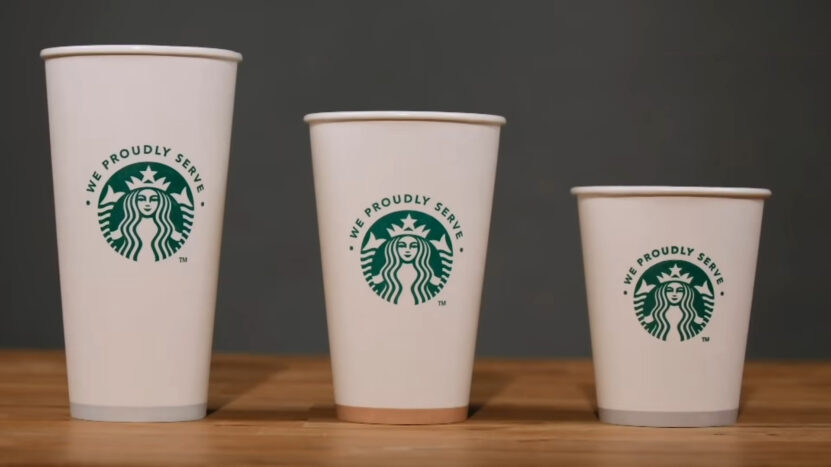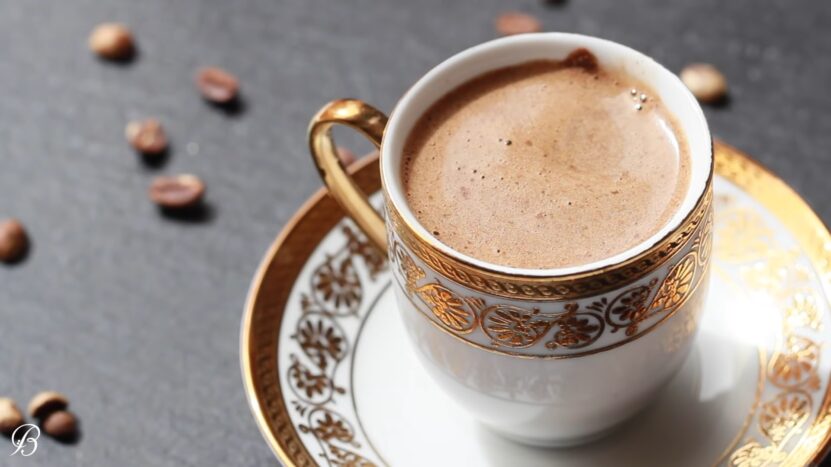Coffee has been a beloved beverage for centuries, and the places where we consume it have evolved over time. The terms “coffeehouse” and “coffee shop” are often used interchangeably, but are they really the same?
Let’s embark on a journey to explore the nuances, histories, and cultural implications of these two establishments. The world of coffee is vast and varied. From the beans’ origin to the final brew, there’s a story to be told.
But today, we’re focusing on the places that serve this delightful drink. While many use “coffeehouse” and “coffee shop” interchangeably, there are subtle differences that make each unique.
History and Origins
The coffeehouse has its roots in the Middle East. Originating in the 15th century in cities like Mecca and Cairo, these establishments were more than just places to enjoy a cup of coffee. They were centers of social activity, where men would gather to discuss politics, business, and the arts.
- The first recorded coffeehouse was in Constantinople in 1555.
- Coffeehouses spread to Europe in the 17th century, with the first opening in Venice in 1645.
Evolution of the Coffee Shop
The modern coffee shop, as we know it, has its origins in the 20th-century United States. These establishments were more focused on the quick service of coffee and related beverages, often with an emphasis on takeout rather than sit-down service.
- The rise of the automobile culture in the US played a significant role in the coffee shop’s evolution.
- Coffee shops often had ample parking and were located along highways, catering to travelers and commuters.
Cultural Significance

Historically, coffeehouses were places of intellectual exchange. In cities like London and Paris, they were frequented by writers, philosophers, and politicians. These establishments often had newspapers and journals available, encouraging informed discussions.
- The London Stock Exchange originated in a coffeehouse.
- Famous figures like Voltaire and Samuel Johnson were known to frequent coffeehouses.
Coffee Shops: The Rise of Cafe Culture
In contrast, the 20th-century coffee shop in the US was more about convenience than conversation. However, by the late 20th and early 21st centuries, coffee shops began to evolve into community gathering spaces, influenced in part by the rise of chains like Starbucks.
- Coffee shops became places for students to study, professionals to work, and friends to catch up.
- The modern coffee shop often offers free Wi-Fi, comfortable seating, and a relaxed atmosphere, making it a versatile space for various activities.
Architectural and Design Differences
Stepping into a historic coffeehouse, one is often struck by its architectural grandeur. High ceilings, ornate decorations, and plush seating were common features.
These spaces were designed to be opulent and inviting, reflecting their status as important social hubs.
- The Caffè Florian in Venice, established in 1720, boasts beautiful frescoes and mirrors.
- The Procope in Paris, frequented by luminaries like Benjamin Franklin, showcases classic French design.
The Functional Design of Coffee Shops
Modern coffee shops prioritize functionality. While some may have thematic or trendy interiors, the emphasis is on creating a space that facilitates quick service and accommodates both short and long stays.
- Open floor plans and clear lines of sight to the counter are common.
- Many coffee shops incorporate elements of industrial design, with exposed brick, metal accents, and minimalist decor.
Beverage Offerings and Culinary Delights

Historically, coffeehouses were places where the art was celebrated. The emphasis was on the quality of the brew and the experience of savoring it.
Traditional coffeehouses often had a limited but carefully curated menu, focusing on classic coffee preparations.
- Turkish coffeehouses are renowned for their thick, aromatic brews served with a side of conversation.
- European coffeehouses might offer a range of pastries like croissants or strudles to accompany the coffee.
-
In Yogjakarta, coffee vendors serve unique coffee infused with red charcoal.
A Diverse Palette
Modern shops, especially chains, offer a wide variety of beverages, from classic espressos to frappuccinos to matcha lattes. The emphasis is on catering to a broad audience with diverse tastes.
Additionally, many coffee shops have expanded their culinary offerings.
- Seasonal drinks, like pumpkin spice lattes, have become cultural phenomena.
- The food menu in shops often includes sandwiches, salads, and a range of baked goods, catering to people looking for a quick meal.
Social Implications and Community Building
Before the age of the internet, coffeehouses were the original social networks. They were places where news was shared, ideas were exchanged, and relationships were forged.
In many cultures, the coffeehouse plays a pivotal role in social dynamics.
- In 18th-century England, coffeehouses were nicknamed “penny universities” because, for the price of a penny, one could buy a coffee and engage in intellectual conversation.
- In many Middle Eastern cultures, coffeehouses were male-dominated spaces, where games like backgammon were played and stories were shared.
Modern-Day Community Centers
Today’s coffee shops serve as informal community centers. They are inclusive spaces where people from all walks of life come together.
Whether it’s students collaborating on a project, business meetings, or artists sketching in a corner, the coffee shop has become a microcosm of the community.
- Many coffee shops host events like open mics, book readings, and art exhibitions.
- The “third place” concept, popularized by Starbucks, emphasizes the coffee shop’s role as a space separate from home and work, where community engagement occurs.
Economic Impact and Globalization
Historically, deals were brokered, and businesses were born in coffeehouses. They played a significant role in the economic fabric of cities.
The London Stock Exchange, as previously mentioned, originated in a coffeehouse, showcasing the establishment’s importance in commerce.
- Coffeehouses were often located in prime city locations, making them accessible to merchants, bankers, and businessmen.
- They facilitated networking, with many patrons forming business partnerships over a cup of coffee.
The Global Coffee Economy
The modern coffee shop, especially global chains, plays a significant role in the world economy. From bean sourcing to franchising, the coffee shop industry is a multi-billion dollar enterprise.
- Ethical sourcing and fair trade have become significant considerations, with many coffee shops emphasizing their commitment to sustainable and responsible practices.
- Franchising models have enabled the rapid global expansion of coffee shop brands, making them recognizable entities in cities worldwide.
FAQ
What are the most popular coffee beans used worldwide?
While there are numerous coffee bean varieties, the two most popular are Arabica and Robusta. Arabica beans are known for their sweet, soft taste, while Robusta beans have a stronger, more acidic flavor.
How has technology impacted the coffee industry?
From advanced espresso machines to coffee subscription apps, technology has revolutionized how coffee is brewed, served, and consumed. It has also facilitated direct trade and traceability in the coffee supply chain.
What’s the difference between cold brew and iced coffee?
Cold brew is made by steeping coffee grounds in cold water for an extended period (usually 12-24 hours), resulting in a smoother, less acidic brew. Iced coffee, on the other hand, is regular coffee that’s cooled down and served over ice.
How do different cultures enjoy their coffee?
Coffee consumption varies worldwide. For instance, Italians love their espresso shots, Swedes enjoy their coffee with sweet pastries during “fika” (coffee break), and in Vietnam, coffee is often served with sweetened condensed milk.
Are there coffee alternatives that provide similar caffeine content?
Yes, there are several coffee alternatives like tea, yerba maté, and energy drinks. However, the caffeine content and flavor profile can vary significantly.
Final Words
The world of coffee is as rich and varied as the brew itself. From the historic coffeehouses of the Middle East and Europe to the modern coffee shops dotting city corners worldwide, these establishments tell a story of culture, commerce, and community.
As we sip our favorite brew, it’s fascinating to ponder the journey of coffee – not just from bean to cup but from ancient times to the present day. Whether you’re a casual coffee drinker or a seasoned connoisseur, there’s always more to discover in this caffeinated world.
